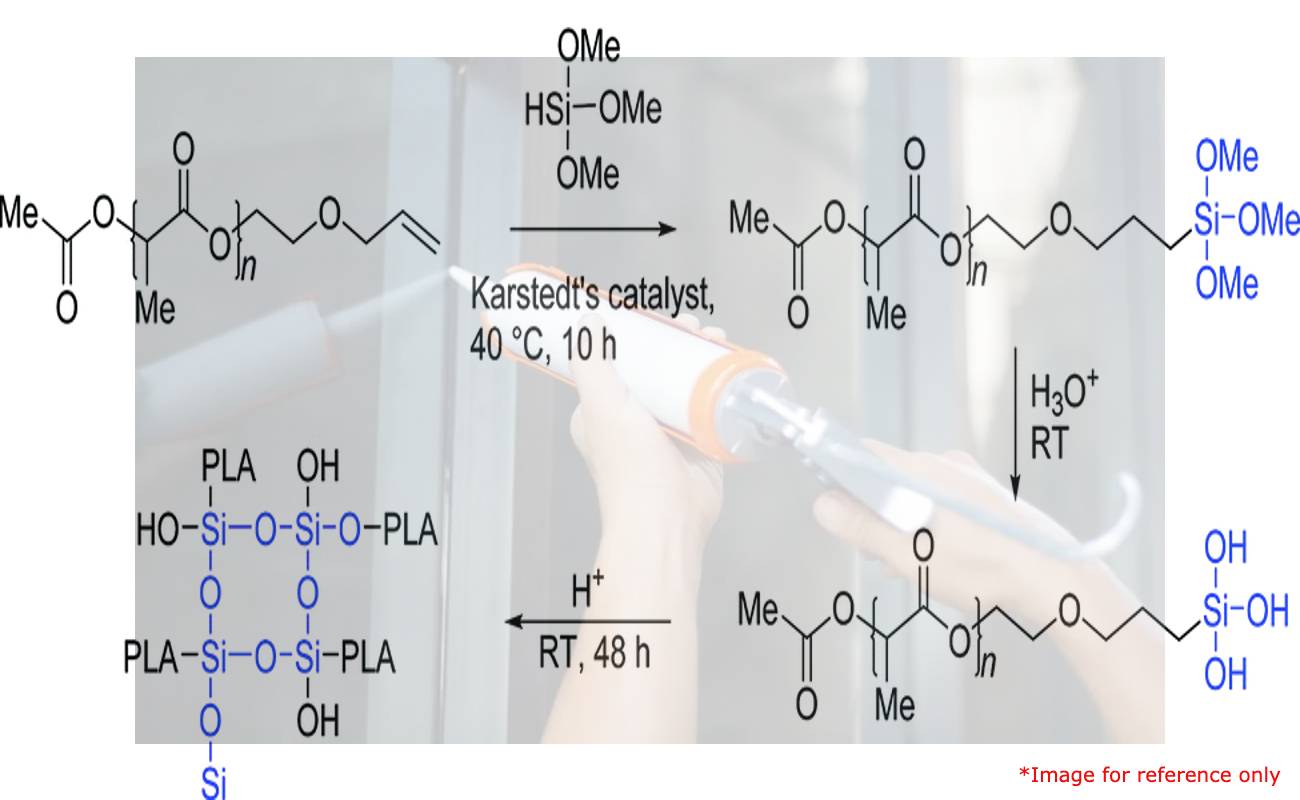Silyl modified polymers (SMP); Chemistry, functionalities, application areas, and formulation techniques
Silyl modified polymers (SMPs) are a type of hybrid material that combines the properties of both polymers and silanes. They are characterized by the presence of silyl groups, which are organic functional groups that contain a silicon atom bonded to one or more organic groups. SMPs have gained significant interest due to their unique properties, such as high adhesion, flexibility, and durability, which make them suitable for a wide range of applications.
Chemistry and Functionality
SMPs are usually synthesized by the reaction of a polymeric backbone with a silyl-functionalized silane. The silane acts as a crosslinking agent and reacts with the polymeric backbone to form a network structure. The silyl groups can react with moisture in the environment to form siloxane bonds, which contribute to the overall strength and stability of the SMP.
The functionality of SMPs can be modified by varying the type and concentration of the silyl groups, the type of polymer backbone, and the processing conditions. For example, the addition of amino-functionalized silyl groups can improve the adhesion of SMPs to metals and other substrates, while the addition of alkyl-functionalized silyl groups can increase the hydrophobicity of the material.
Application Areas
SMPs have found widespread use in a variety of industries, including construction, automotive, aerospace, and marine. One of the main advantages of SMPs is their ability to adhere to a wide range of substrates, including metals, plastics, glass, and wood. This makes them particularly useful in the construction industry for sealing and bonding applications, as well as in automotive and aerospace applications for bonding and repair of composites.
SMPs are also used as coatings for marine structures, as they are resistant to the harsh environmental conditions and can protect against corrosion and fouling. In addition, SMPs have been used in the development of adhesives and sealants for medical applications, as they are biocompatible and can be used to bond tissues and organs.
Formulation Techniques
SMPs can be formulated using a variety of techniques, depending on the desired properties and application. One common method is to use a two-component system, where the polymer backbone and the silyl-functionalized silane are mixed together just before use. This allows for precise control of the curing time and can result in a high degree of crosslinking and improved mechanical properties.
Another approach is to use a one-component system, where the silyl-functionalized silane is already incorporated into the polymer backbone. This allows for easier handling and storage, as well as faster curing times. However, the degree of crosslinking may be lower compared to a two-component system.
Lets see some examples...
One example of an SMP is Silyl Terminated Polyether (STPE), which is widely used in the construction industry as a sealant and adhesive. STPE can bond to a variety of substrates and has excellent adhesion and resistance to weathering and UV exposure.
Another example is Silyl Modified Polyurethane (SMPU), which is commonly used in automotive and aerospace applications as a structural adhesive and sealant. SMPU can bond to a variety of materials, including composites, metals, and plastics, and has high mechanical strength and durability.
In conclusion, silyl modified polymers (SMPs) are a versatile class of hybrid materials that have found widespread use in a variety of applications. They combine the properties of polymers and silanes, resulting in materials with high adhesion, flexibility, and durability. SMPs can be formulated using a variety of techniques and modified to suit a wide range of applications.

